Eğitim Sistemini Yeniden Değerlendiriyoruz
 Organize Edici
Organize Edici
 Bağlayıcı
Bağlayıcı
 Bütüncül
Bütüncül
 Dijital Dönüşüme Uygun
Dijital Dönüşüme Uygun
 Adaptiv
Adaptiv
 Stratejik
Stratejik
Eğitim sistemini yeniden değerlendirme konseptiyle yola çıkıyor, öğrencilerin öğrenme deneyimini dönüştürmeyi amaçlıyoruz. Geleneksel öğrenme metodolojilerinin ötesine geçerek, teknolojiyi, kişiselleştirilmiş öğrenme yaklaşımlarını ve yenilikçi eğitim araçlarını bir araya getiriyoruz. Öğrencilerin ilgi alanlarına ve öğrenme tarzlarına göre özelleştirilmiş bir öğrenme ortamı oluşturuyoruz.
 0+
Öğrenci
0+
Öğrenci
 0+
Öğretmen
0+
Öğretmen
 0+
Online Sınav
0+
Online Sınav
 0+
Yazılı Sınav
0+
Yazılı Sınav
 0+
Soru
0+
Soru
 0+
OSCE Sınavı
0+
OSCE Sınavı
 0+
Sınav Gözetmenliği Sınavı
0+
Sınav Gözetmenliği Sınavı
Neden KEYPS?

Kişiye Özel Yönetim
Kişiye Özel Yönetim, bireylerin ve kurumların ihtiyaçlarına özel olarak tasarlanmış, verimliliği ve etkinliği artırmayı hedefleyen bir yönetim anlayışını ifade eder. Bu yaklaşım, her bir bireyin veya kurumun benzersiz ihtiyaçları, becerileri ve hedefleri doğrultusunda özel çözümler sunmayı amaçlar.

Güvenilir Ekip
Güvenilir bir ekip, dayanışma, iletişim ve karşılıklı saygı üzerine kurulmuş bir yapıdır. Bu ekip, üyelerinin birbirine güven duyduğu, açık iletişim ve dürüstlüğün temel değerler olduğu bir ortam oluşturur.

Müfredat Güçlendirme Araçları
Eğitimde sürekli olarak gelişen ve dönüşen bir yapı içerisinde, öğrencilerin öğrenme deneyimlerini zenginleştirmek ve geliştirmek amacıyla müfredatı güçlendirmeye odaklanıyoruz. Müfredatı güçlendirme araçları, öğrencilerin bireysel ihtiyaçlarını karşılayarak, etkili ve özelleştirilmiş bir öğrenme süreci sunmayı hedefler.
Modüllerimiz
- Kullanıcı ekleyebilir, bilgilerini düzenleyebilir, tüm kullanıcılara ve bilgilerine erişebilirsiniz.
- Kullanıcıları gruplandırabilir ve gruplarına özel duyurular yayınlayabilirsiniz. Akademik yıl, sınıf ve şube ekleyebilirsiniz.
- Ders, ünite ve konu ekleyerek eğitim programınızı şekillendirebilirsiniz.
- Öğrencinin sosyal, klinik, akıl yürütme ve mesleki uygulama becerilerini simüle ortamlarda ölçebileceğiniz bu sınavları sistem üzerinden hazırlayabilmenizi sağlar.
- Öğrencinin anamnez esnasında hastaya sorması gerekenleri, fizik muayene bulgularını, laboratuvar ve görüntüleme tetkiklerini sorulara ekleyebilmesini sağlar.
- Öğrencilerinizin stajlarda/intörnlükte gösterdikleri performansı uygun kontrol listeleri ile objektif bir şekilde değerlendirip, gelişimini desteklemek üzere geri bildirim verebilirsiniz.
- Klinik uygulamalar, 360 ° değerlendirme ve hasta başı vizitlerinde öğrencileri sosyal ve teknik yeterlilikleri yönünden değerlendirebilirsiniz.
- Akreditasyon standartlarını karşılamak için atılacak adımlar konusunda yol gösterici olur ve bu standartlara açıklamaları ile ulaşmanızı sağlar.
- Her adımı planlar, takvimi yönetir, iletişimi sağlar, kaydeder, toplantı düzenler, oylar, toplantıları tutanak altına alır, belgeler ve arşivleyip raporlamanızı sağlar.
- Öğrencilerin yeterliliklerini anabilim dallarına göre belirleyebilmenizi sağlar.
- Yeterliliklere ÇEP kodlarını (ÖnT, T vs) ve kota sayısını ekleyebilirsiniz.
- Öğrenciler stajlarda ve intörnlükte yaptığı uygulamaları eğiticisine bildirim olarak gönderebilir.
- Eğiticiler, öğrencilerin gönderdiği bildirimleri onaylayarak karnesinin oluşmasını sağlar.
- Öğrenci yalnızca tek bilgisayardan sınava girebilir.
- Sınav esnasında öğrencinin görüntüsü, sesi ve ekranıyla birlikte bütün eylemlerinin logları kaydedilir.
- Sınav esnasında ekran paylaşımı, kamera veya mikrofon kapatılırsa sınav ekranı kapanır.
- Sınav bittikten sonra istenilen öğrencinin video kayıtlarına ulaşılarak gözlemlenebilir.
KEYPS Journey

Kurumların İhtiyaç Analizi
İhtiyaç analizi özelliği, kuruluşların mevcut durumlarını ve hedeflerini anlamalarını sağlar. Bu özellik, kullanıcıların belirli soruları yanıtlayarak işletmelerinin gereksinimlerini tanımlamalarına yardımcı olur.
Daha Fazla
Modül Seçimi
İhtiyaç analizi sürecinden elde edilen verilere dayanarak, kullanıcılar işlerinin belirli alanlarını iyileştirmek veya operasyonlarını optimize etmek için uygun modülleri seçebilirler.
Daha Fazla
Sistem Kurulumu
Sistem kurulumu, işletmelerin seçtikleri modülleri etkin bir şekilde kullanmalarını sağlar. Bu süreç verimliliği artırır, iş süreçlerini optimize eder ve işletmelerin hedeflerine ulaşmalarına yardımcı olur.
Daha Fazla
Kurulum Sonrası Destek
İşletmelerin seçmiş oldukları modüllerin kullanımı ile ilgili yaşadıkları herhangi bir sorun veya ihtiyaç durumunda yardımcı olmayı amaçlar. Modüllerini en verimli şekilde kullanmalarını ve olası sorunları en aza indirmelerini sağlar.
Daha FazlaTanıtım Videomuza Göz Atın
Dersin hedeflerinin belirlenmesinde ve hedeflere ilişkin soruların hazırlanmasında yararlı oldu.


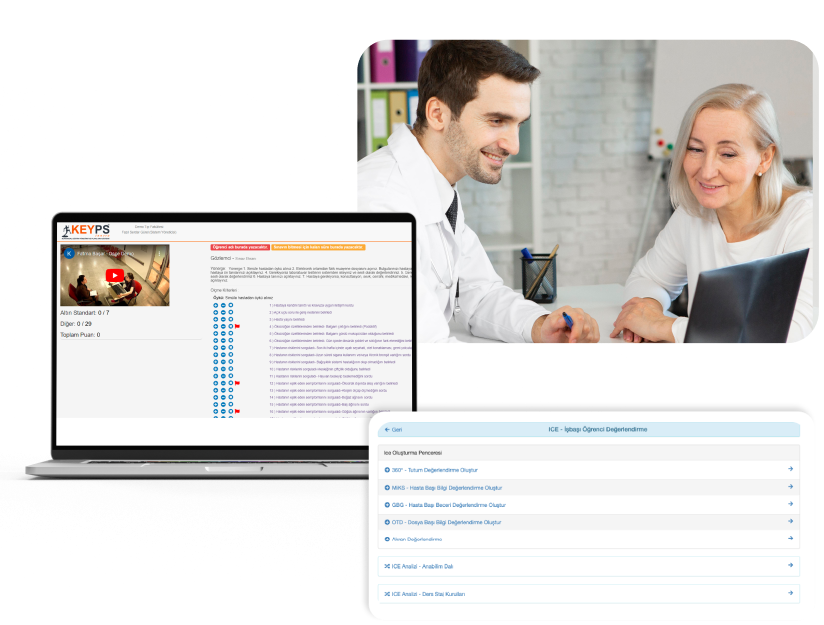

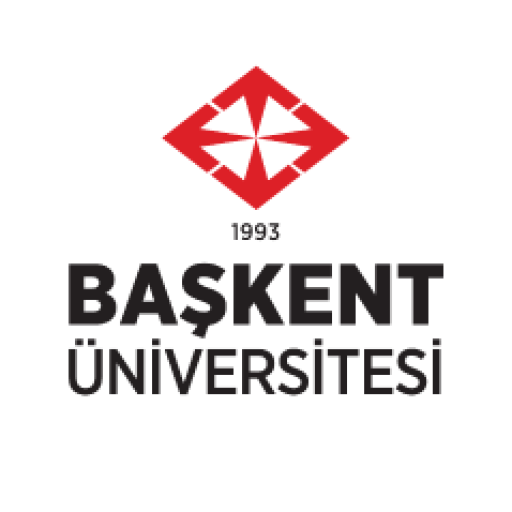
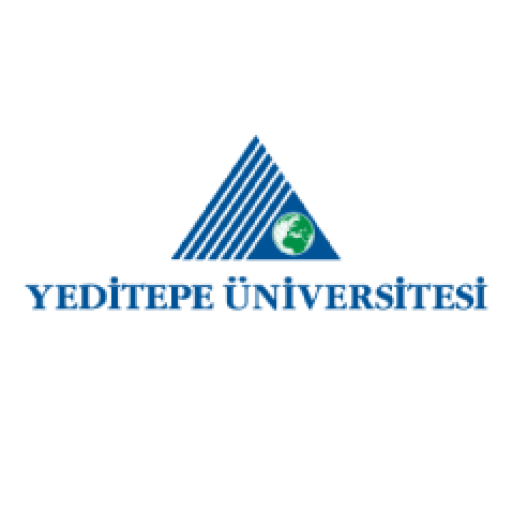

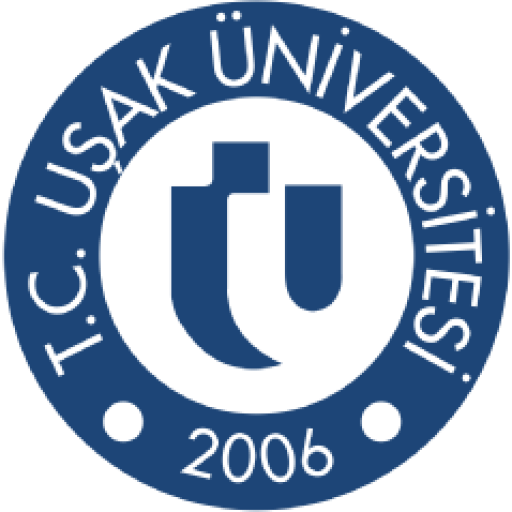


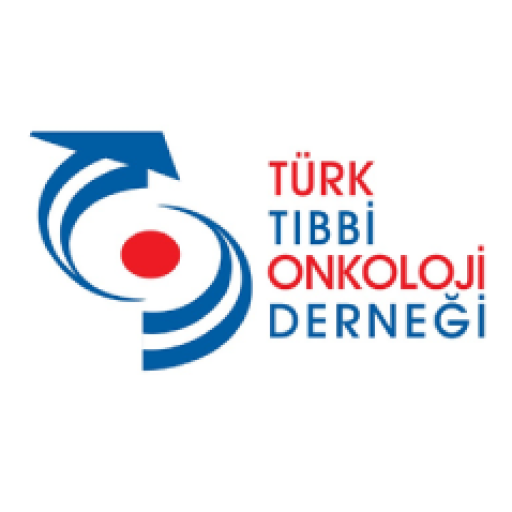
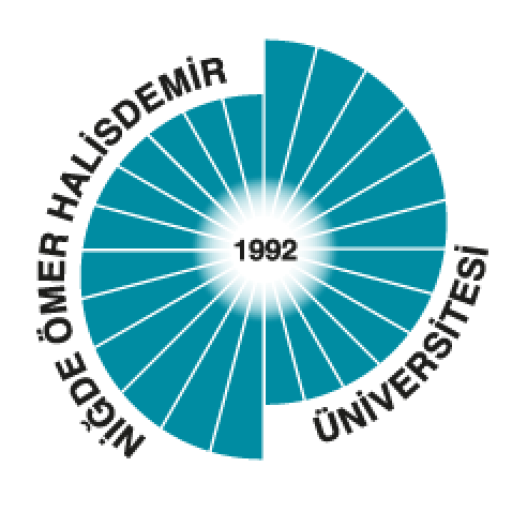

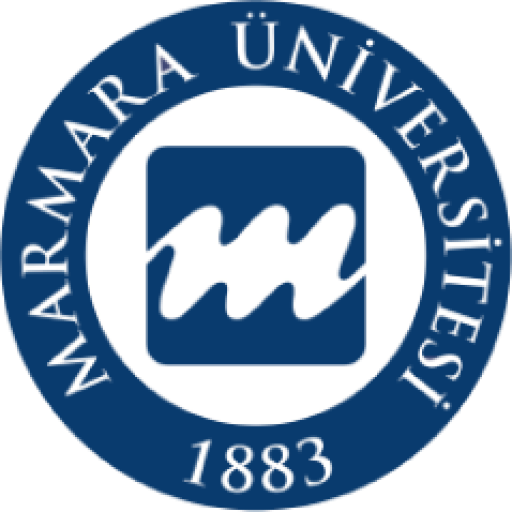
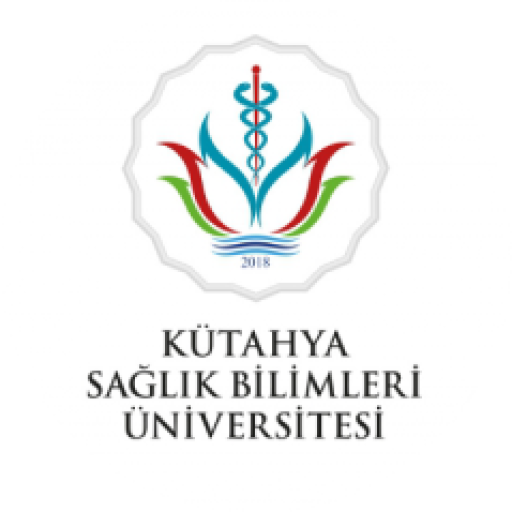
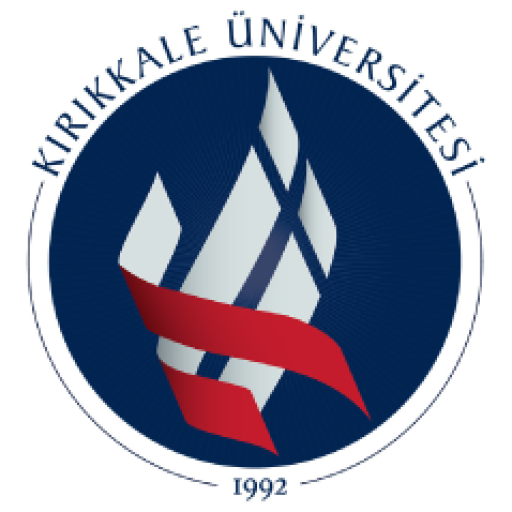


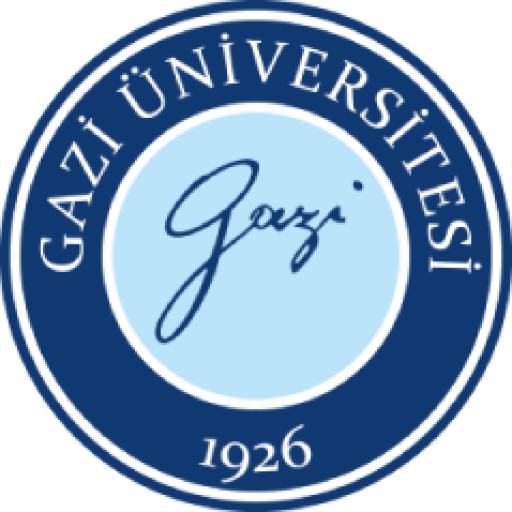

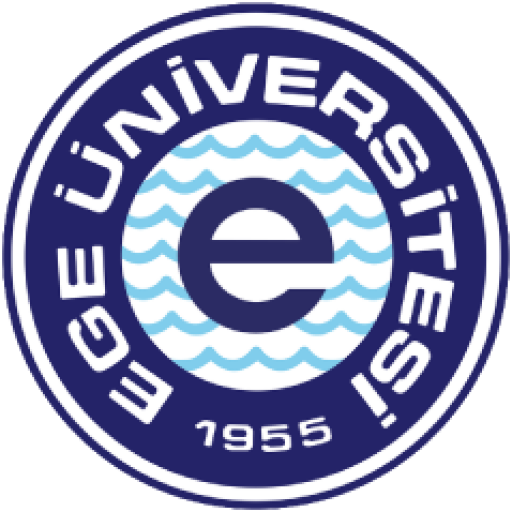
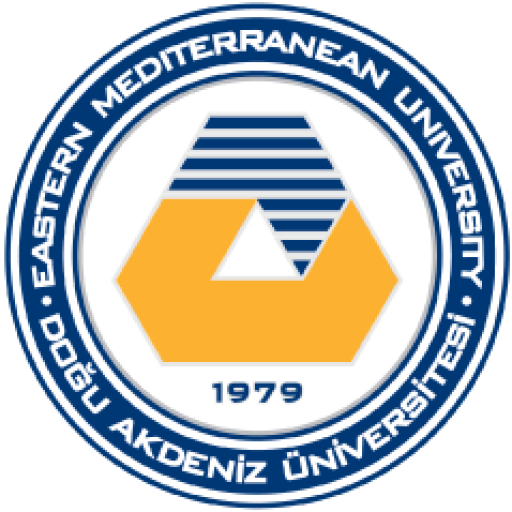
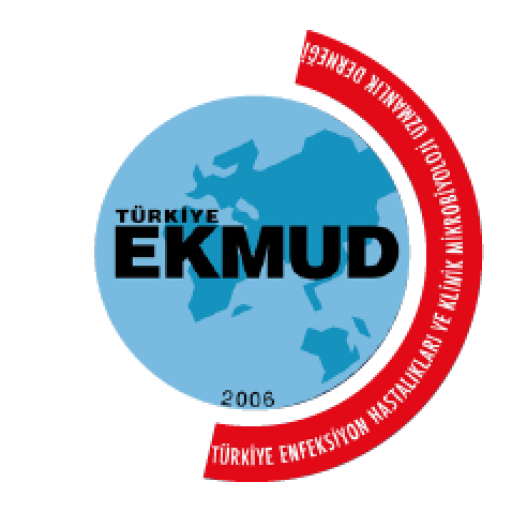
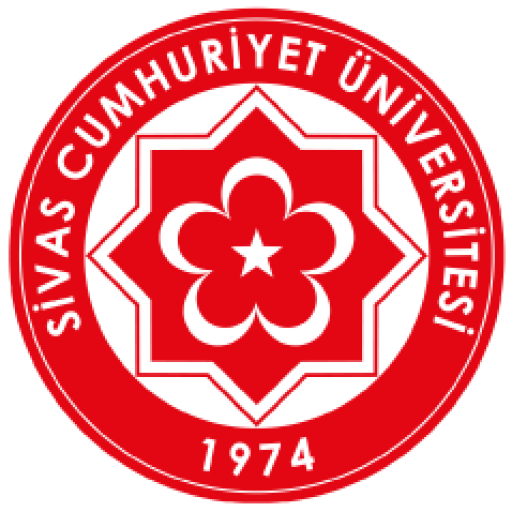
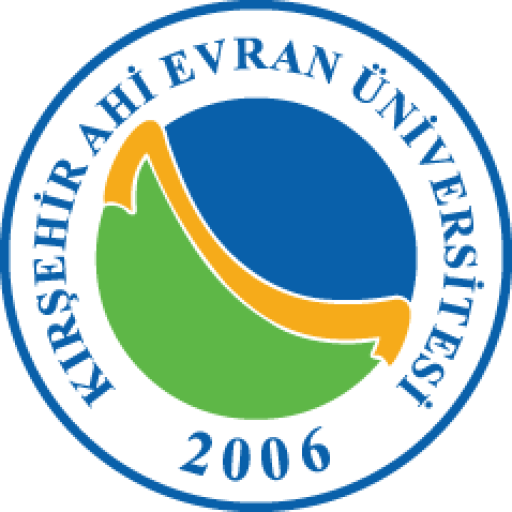


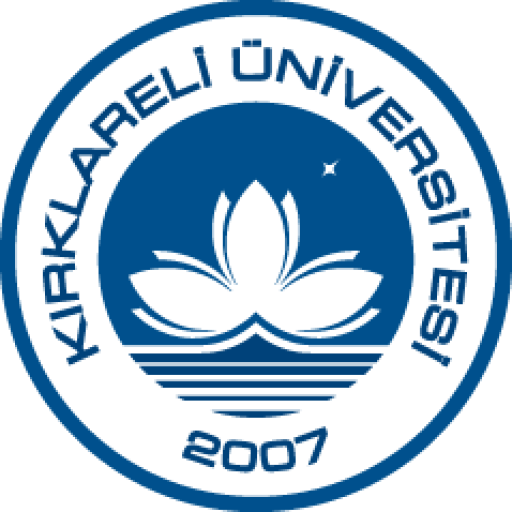


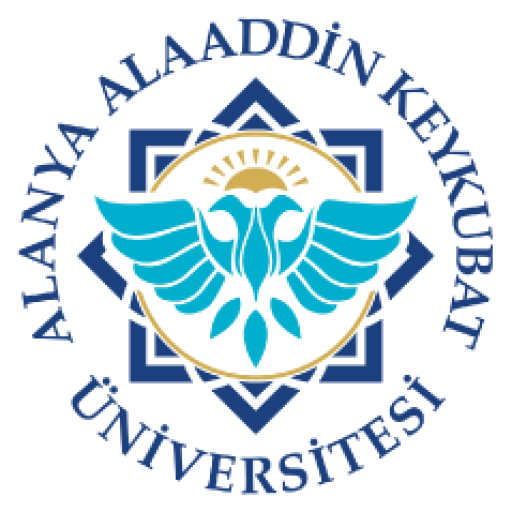
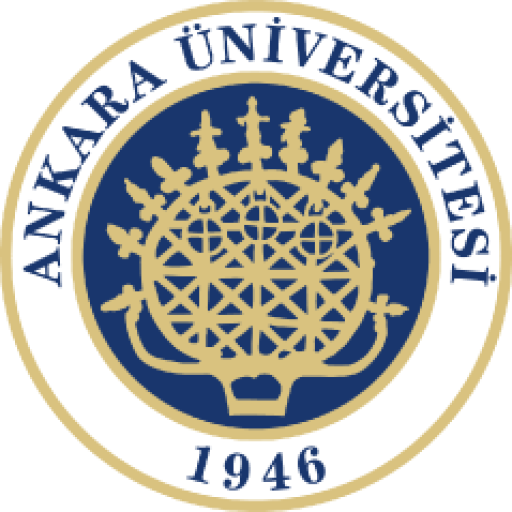

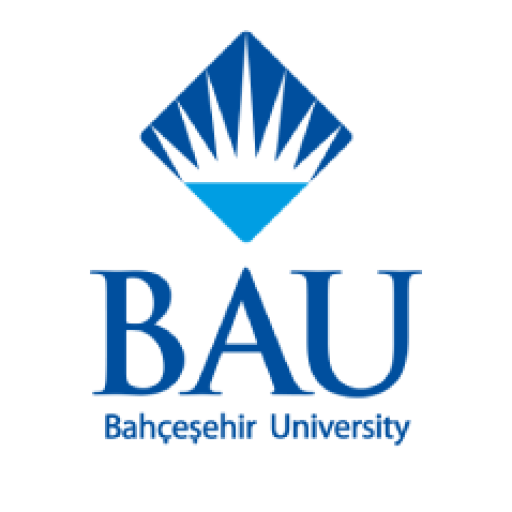

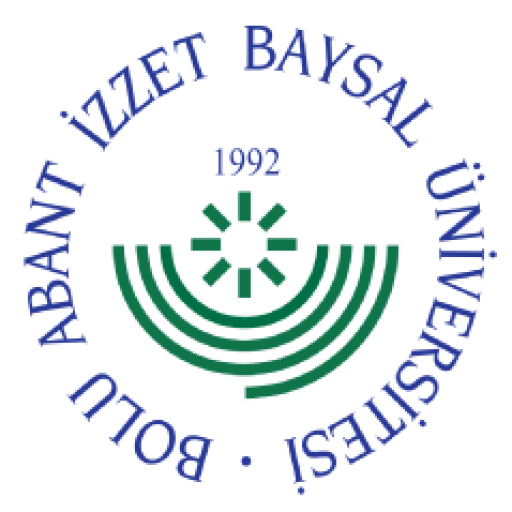

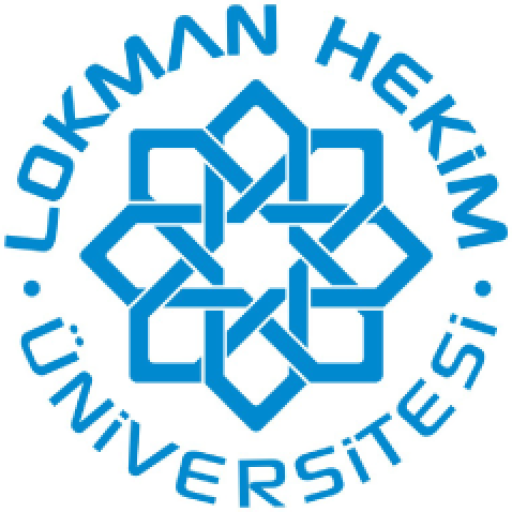
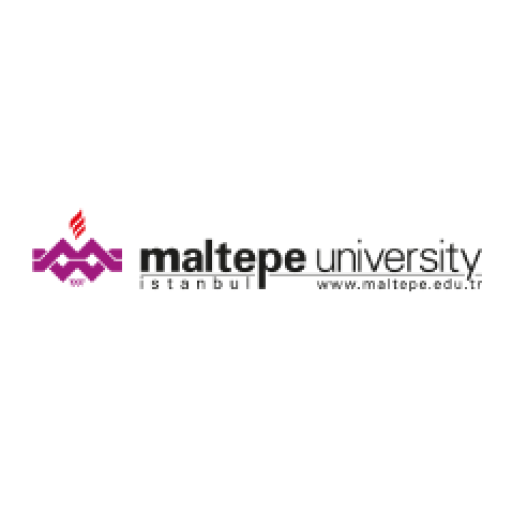
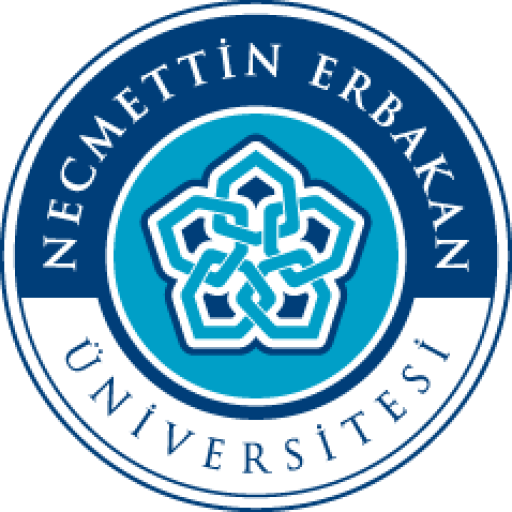
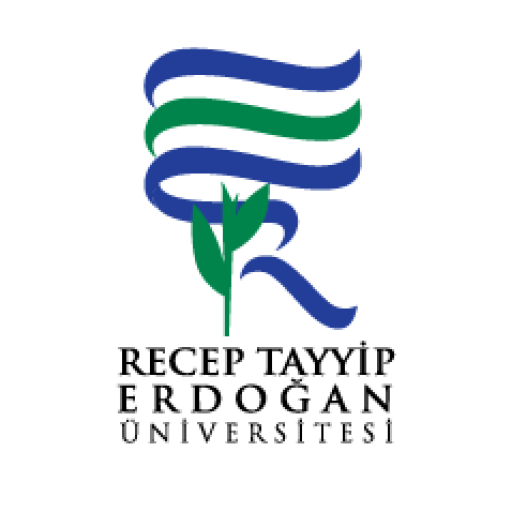



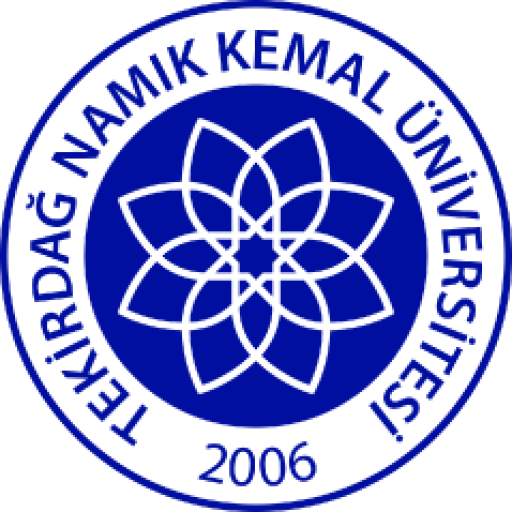



























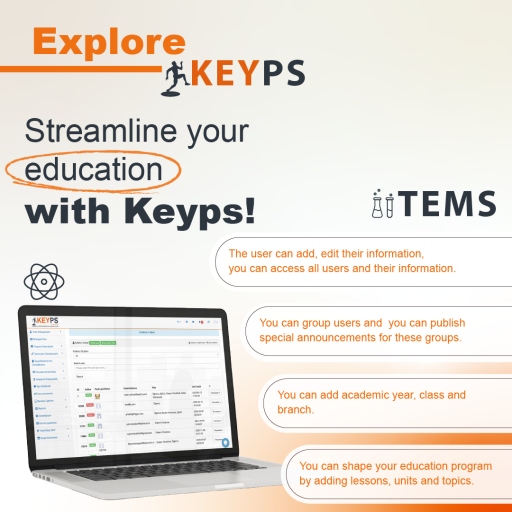
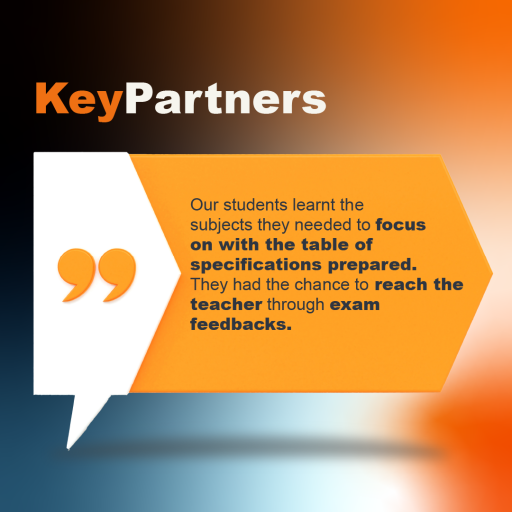


Tüm KEYPS ekibinin verdiği destek olası sorunların çözülmesi ve süreçlerin geliştirilmesinde benzersiz bir kolaylık sağlamıştır.